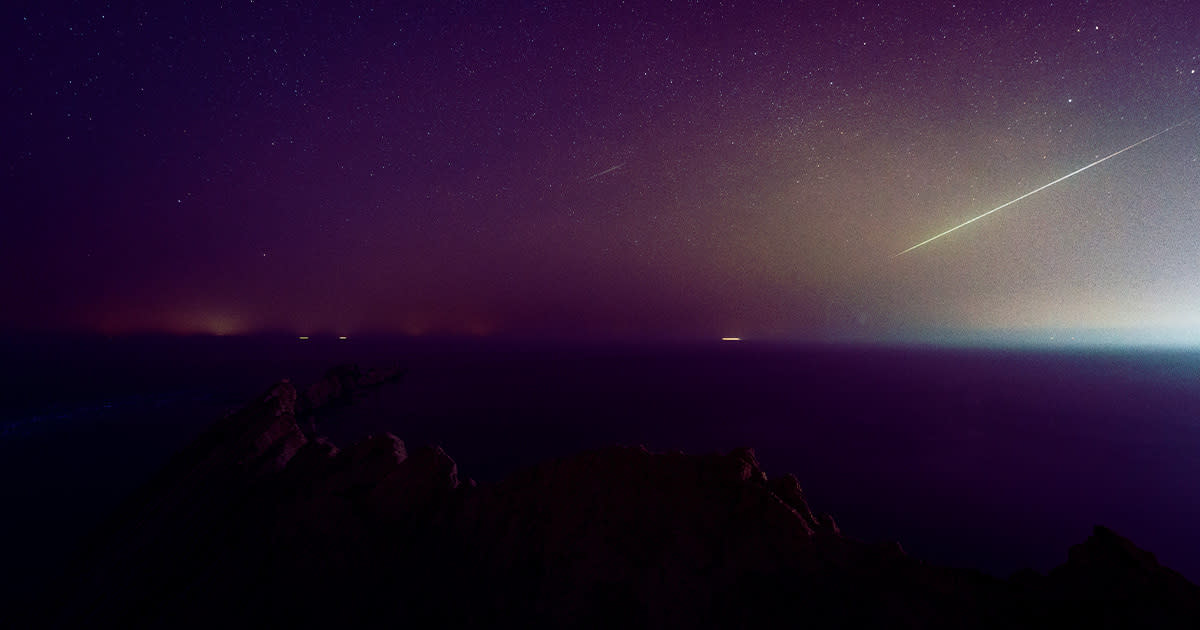If You Look Up Tonight, There's a Beautiful Meteor Shower Right Now

Do Look Up
Stargazers, it's that time of year again. This Sunday marked the beginning of the annual Perseid meteor shower, which will dazzle those of us in the northern hemisphere with one of the most reliably stunning light shows the night sky has to offer.
Even better, the best of it is still ahead, as the Perseid shower doesn't peak until mid-August. Look up at the right time, and you're almost guaranteed to see vibrant, colorful meteors hurtling through space at an astonishing 37 miles per second, leaving behind long trails or "wakes" of light — like glowing lines of tracery etched into the cosmos.
Right now, the peak is predicted for the morning of August 12, according to EarthSky. The massive showers, which peak with 50 to 100 meteors per hour, are normally best seen before dawn but after midnight, when darker skies offer better viewing conditions. The Perseids also gradually build to their peak, so starting around early August there should be a steady stream of meteors for your eyeballs to behold.
Expect a little give or take on that August date, and keep in mind how your local weather — and light pollution — might affect viewing conditions.
Shine On
Meteors are small chunks of a comet or an asteroid that fly through the Earth's atmosphere. They're called "shooting stars" because of the ludicrous speeds they travel at — over 130,000 miles per hour — which causes them to burn up due to the friction created with the gasses in our atmosphere.
Their fiery ends create quite the spectacle, and the Perseids in particular are known for producing a high frequency of fireballs, or exceptionally luminous meteors that burn extra brightly because they come from a large comet.
The Perseids are so named because their radiant, or superficial point of origin in the sky, appears to be the constellation Perseus. In actuality, they really come from the comet 109P/Swift-Tuttle, which orbits the Sun every 133 years and leaves behind a cloud of shedded material that the Earth passes through annually. We stick with naming the meteor shower after its radiant, however, because it tells people where to look in the sky.
Be on the lookout, folks. There will be plenty of opportunities to catch this heavenly light display, but your best chances will come early and mid-August, between midnight and until dawn.
More on space: Earth Surrounded by Dark Comets, Astronomers Claim

